
Genetic scissors for the future – soon in Switzerland too?
Genome editing is seen as a promising way to make agriculture more sustainable and climate-resilient. But Switzerland is hesitant to approve it. A popular initiative even wants to ban it. But what can CRISPR really do?
Tuesday, August 12, 2025
Gene editing allows the genetic material of plants to be modified precisely and selectively – faster and more gently than with traditional breeding methods. Individual DNA building blocks can be selectively switched off or modified. This means that existing varieties can also be modified to make them more resistant to drought, disease or pests. A report in the Handelszeitung answers five questions about CRISPR.
Political deadlock despite scientific clarity
The advantages have been proven in research for years: genome-edited plants pose no greater risk than conventionally bred plants. Countries such as the USA, Argentina and the UK already regulate processes without transgenic genetic material on a product-by-product basis and allow them to be cultivated without additional hurdles. In Switzerland, however, all new processes – whether with or without foreign genetic material – fall under the Gene Technology Act and are therefore subject to the gene technology moratorium.
Examples from research show what could be possible: wheat with permanent resistance to powdery mildew, potatoes with built-in protection against late blight, or vines that require less plant protection. All this could be developed using CRISPR from existing, popular varieties without losing their typical characteristics.
The industry is ready – but is the political will there?
The world's population is growing, resource consumption is rising and climate change is putting farmers under increasing pressure. According to the Handelszeitung newspaper, around 75 per cent of the soil in Switzerland is already in poor condition. Heat, drought and new pests are presenting producers with ever greater challenges.
Breeding robust varieties is therefore becoming a matter of survival – not only globally, but also here at home. In the USA, Brazil and Argentina, the industry has long been working flat out on CRISPR-based innovations. Syngenta, for example, operates a research centre in Illinois (USA) that is entirely dedicated to developing new varieties, using virtual and augmented reality, among other things. Switzerland, however, is stuck in a regulatory dead end.
Faster breeding, more targeted protection
Apple breeding provides a concrete example of how CRISPR can help: diseases such as fire blight, apple scab and mildew threaten harvests and force farmers to use pesticides. CRISPR could be used to develop more resistant varieties more quickly – without years of cross-breeding programmes and with less use of pesticides. In an article in the BauernZeitung newspaper, Swiss breeder Beat Lehner emphasises: ‘Today's genetic engineering is no longer the same as it was 30 years ago.’ He adds: ‘Traditional breeding is always needed to create a new variety.’ Gene editing is a supplement, not a replacement.
Renowned agricultural scientist Urs Niggli also sees enormous potential. In his opinion piece in the NZZ, he writes: ‘Gene scissors are also revolutionising biological plant protection.’ By improving the resistance of plants, CRISPR-Cas9 can contribute to more sustainable farming methods.
Time to act – also for plant protection
Numerous CRISPR products are already on the market worldwide. They show that the technology not only has theoretical potential, but also offers real solutions.
CRISPR is not a magic bullet. But it is an important tool for making agriculture more sustainable, resource-efficient and resilient. It reduces the use of plant protection products in both organic and conventional farming, promotes biodiversity and improves security of supply.
Switzerland now faces a decision: either it creates a practical regulatory framework or it falls behind. The gene scissors are ready. Now it's up to the politicians.
Sources
The article in the Handelszeitung is also freely available at Blick.ch. Click here for the article
Kindly note:
We, a non-native editorial team value clear and faultless communication. At times we have to prioritize speed over perfection, utilizing tools, that are still learning.
We are deepL sorry for any observed stylistic or spelling errors.
Related articles
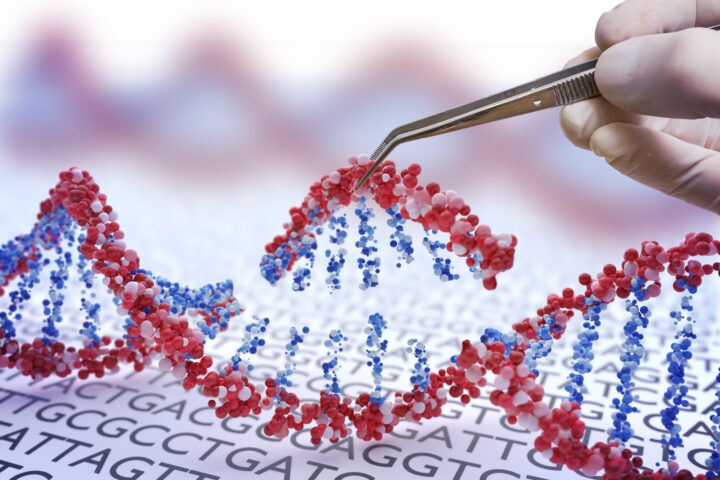
Rapid further development of the genetic scissors
CRISPR-Cas has been used worldwide since 2012 to modify genes in organisms with pinpoint accuracy. With the help of protein engineering and AI algorithms, researchers at the University of Zurich have now developed a new, more compact ‘genetic scissors’. This and similar variants will make it possible to edit genes ever more efficiently.
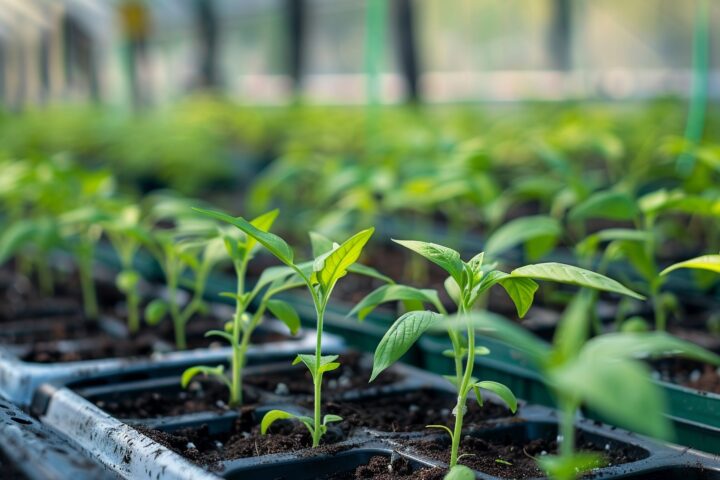
Nutrition: Does the future belong to the green gene scissors?
New plant varieties contribute to security of supply. The new breeding methods known as "gene scissors", such as Crispr, have the potential to revolutionise agriculture and nutrition.

Using Crispr to combat climate change
In the Tages-Anzeiger newspaper, Nobel Prize winner Jennifer Doudna talks about the opportunities and risks of gene scissors. The tool can be used to specifically treat hereditary diseases, breed drought-tolerant plants and reduce greenhouse gas emis-sions from cows.
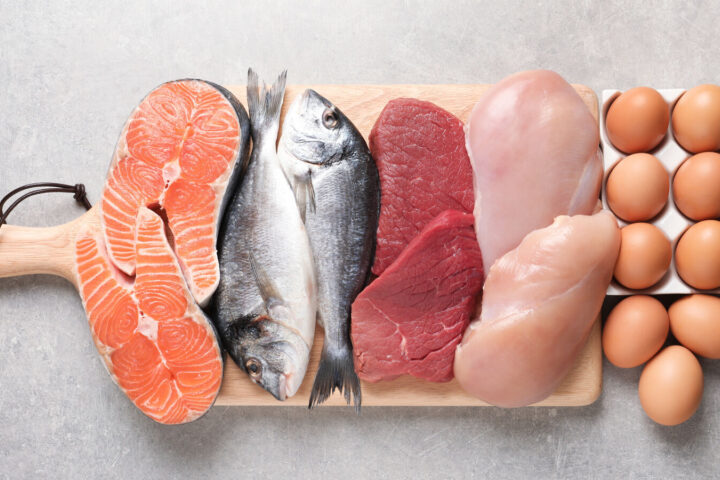
Sales bans due to PFAS: Should we be worried?
After spectacular sales bans on fish and meat due to PFAS contamination, consumers are asking themselves: How dangerous are these substances really – and what can still be placed in the shopping basket without concern?
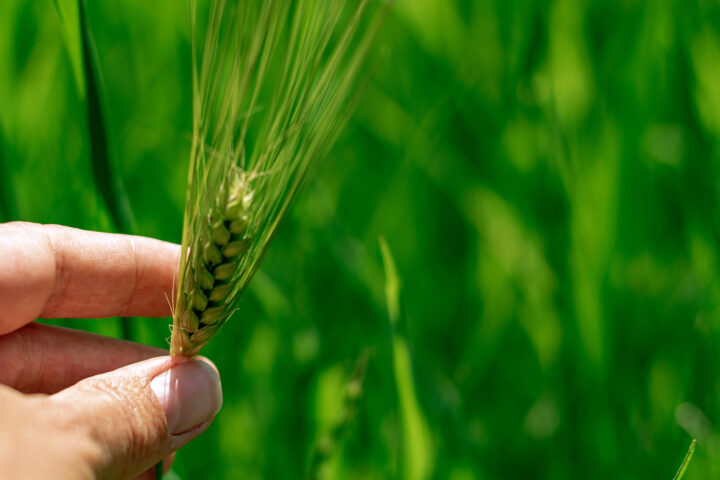
How German Experts View New Breeding Techniques
In hardly any other country is the idyllic image of organic farming cultivated in the public sphere as carefully as in Germany. Naturalness and rural authenticity are powerful mental refuges for many Germans. Against this backdrop, it is hardly surprising that resistance to new breeding techniques is strong – and that ignorance about the realities of organic farming sometimes appears almost deliberate.
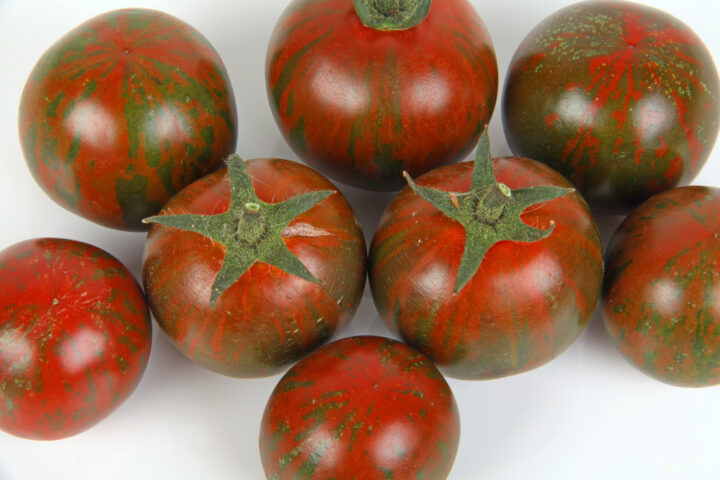
Why consumers accept gene-edited foods on their plates
Acceptance of gene-edited foods increases when the tangible benefits for consumers are easy to understand. A recent study by the Center for Food Integrity (CFI), conducted in collaboration with FMI – The Food Industry Association, shows that consumers evaluate technologies such as genome editing positively when they recognize clear advantages for health, the environment, or food security.
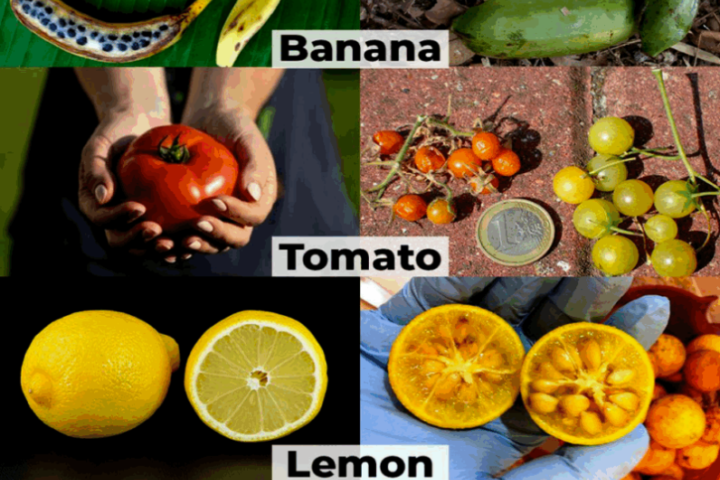
Beautiful and delicious mutants on your plate: The misunderstood world of crop improvement
When most of us hear the word mutation, the images that come to mind are not positive. We think of radioactive monsters, comic book villains, or genetic diseases like sickle-cell anemia. In popular culture, “mutants” are often synonymous with danger. Possibly the most famous are Marvel’s X-Men, who have enjoyed four big-screen incarnations and an enduring place among sci-fi movie aficionados.

